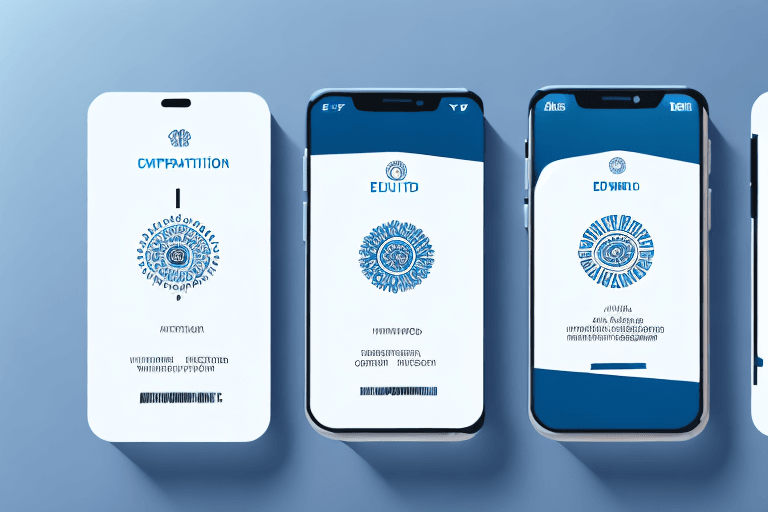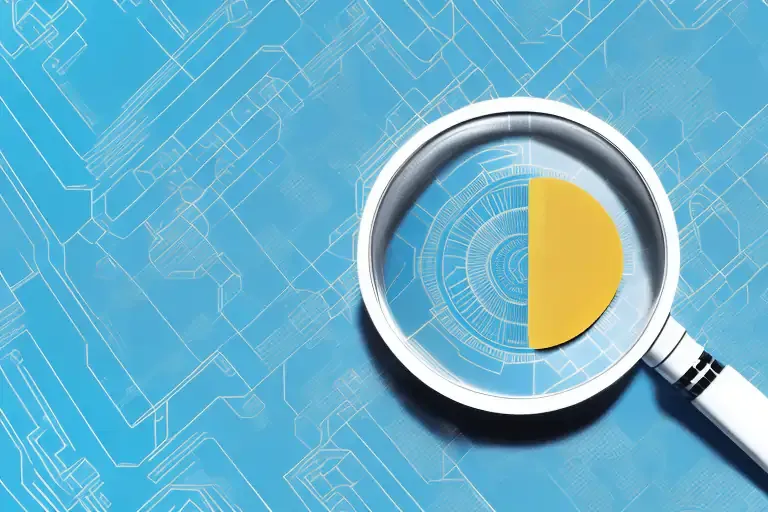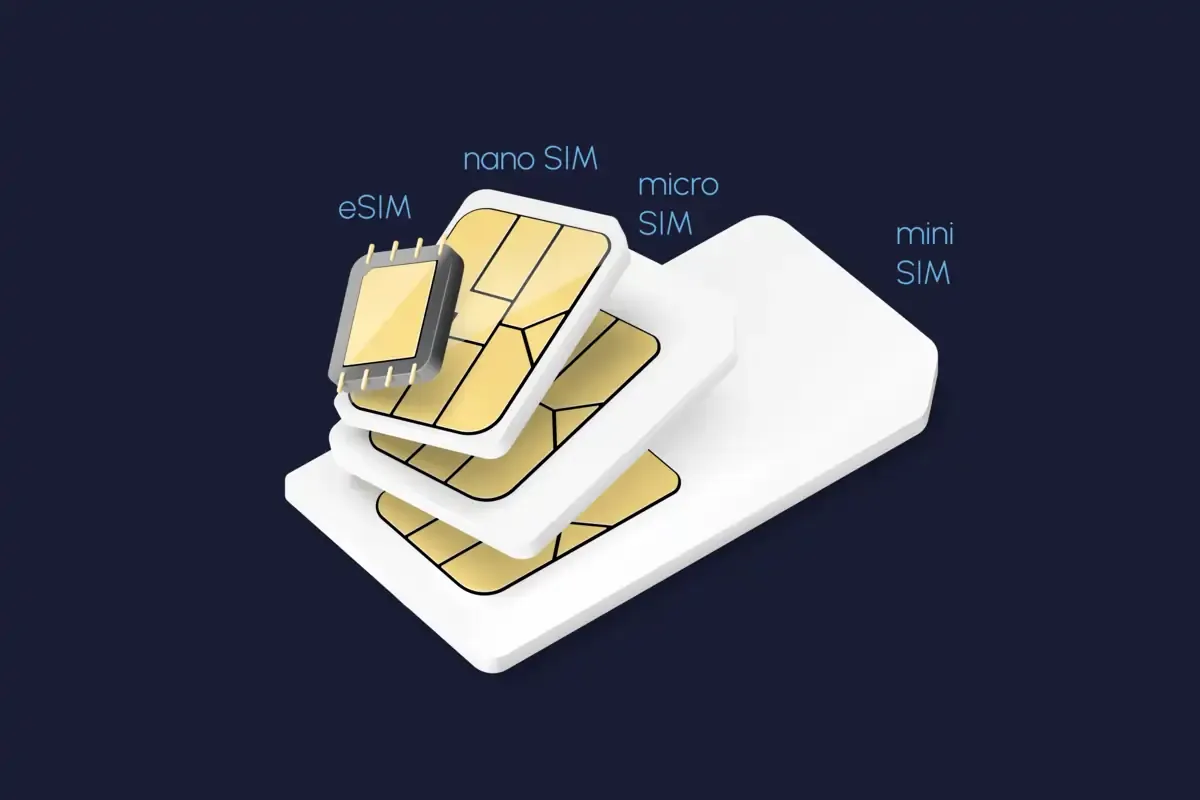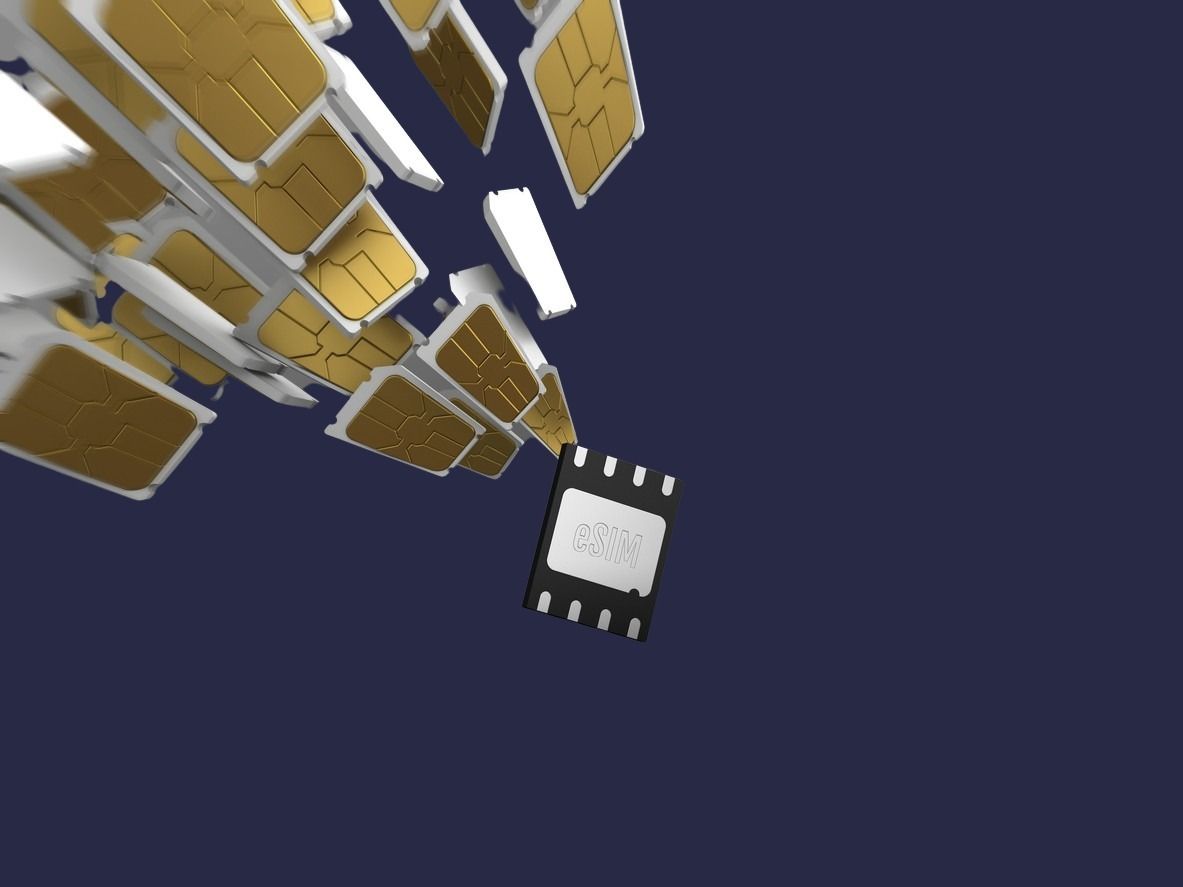eSIM
IMEI, ICCID, and EID: Understanding the Key Identifiers in Mobile Technology
IMEI, ICCID, and EID each serve unique purposes in mobile connectivity. Learn what they mean, how they differ, and where to find them on iPhone and Android.
TL;DR: IMEI, ICCID, and EID are unique identifiers crucial for mobile connectivity, but they serve distinct purposes.
- IMEI (15 digits) identifies your physical phone.
- ICCID (18–19 digits) identifies your SIM card or eSIM profile.
- EID (32 digits) identifies the embedded eSIM chip inside your device.

In the complex world of mobile technology, several acronyms play vital roles in ensuring seamless connectivity, security, and device management. Among the most important are IMEI, ICCID, and EID, where they each refer to a distinct identifier with a specific function. Understanding the differences between them is crucial, especially as eSIM technology becomes more prevalent.
IMEI vs. ICCID vs. EID: An Overview
To highlight their distinct roles and differences, here's a comparative table:
International Mobile Equipment Identity (IMEI): The Phone’s Digital Fingerprint
Your IMEI number is a globally unique 15-digit code assigned to every mobile phone by its manufacturer. The IMEI identifies the device itself, not the subscriber or the service. It is crucial for
- Device Identification: Helps networks and manufacturers identify specific devices.
- Theft Deterrence: If your phone is lost or stolen, you can report its IMEI to your carrier, who can then blacklist it, rendering the device unusable on most networks.
- Warranty and Insurance: Often required for warranty claims or insurance purposes.
Integrated Circuit Card Identifier (ICCID): The SIM or eSIM Profile ID
The ICCID number is the unique serial number of your SIM card (physical or digital). This 18 or 19-digit number is essential for:
- Subscriber Identification: Identifies your specific subscription with a mobile network operator.
- Network Access: Allows your device to connect to the cellular network and use services like calls, texts, and data.
- eSIM Profiles: In the context of eSIMs, each individual eSIM profile you download onto your device will have its own unique ICCID.
This is why when you install multiple eSIMs on one iPhone, each has its own ICCID. 👉 Learn more: What information is stored in SIM cards?
Embedded Identity Document (EID): The Key to eSIM Management
The EID is unique to the eSIM chip itself, not the plan. It's a 32-digit code permanently embedded in the eSIM chip of your device, used for the following:
- Needed when activating or transferring eSIMs.
- Used by carriers for secure provisioning.
- A clear sign that your device supports eSIM.
👉 For more detail on EIDs specifically, see What is an EID number?
Bonus: Bookmark these articles ahead of your next trip! If you run into issues, you can reset your eSIM on iPhone, troubleshoot slow eSIM performance, or check our guide on what to do if your eSIM isn’t working while traveling.
How IMEI, ICCID and EID Work Together
Here’s how the three identifiers interact:
- IMEI tells the network which phone is connecting.
- EID tells the carrier which eSIM chip the profile belongs to.
- ICCID tells the carrier which profile/plan is active on the chip.
Together, they ensure your phone, SIM/eSIM, and subscription all align.
Think of it like air travel: the IMEI is your passport (identifies you), the EID is the aircraft (hardware carrying passengers), and the ICCID is your boarding pass (specific seat/plan for the journey).
How to Find IMEI, ICCID, and EID
On iPhone (including iPhone 17)
- Settings → General → About
- Scroll down to see IMEI, ICCID (if eSIM active), and EID
On Android
- Settings → About Phone → Status Information
- Look for IMEI, ICCID, and EID
On both iPhone and Android, IMEI and EID are often also printed on the original box.
👉 Step-by-step setup guide: How to install eSIM on iPhone and How to Install eSIM on Android.
Conclusion: Essential Identifiers for Modern Connectivity
IMEI, ICCID, and EID each play a distinct but connected role in mobile connectivity. IMEI identifies your phone, ICCID ties your SIM or eSIM plan to the network, and EID secures the eSIM chip itself. Together, they ensure your device and service work seamlessly. As eSIM adoption expands, knowing the difference between these identifiers makes setup and troubleshooting much smoother.
Ready to experience the convenience of eSIM? Explore Nomad eSIM plans which covers over 200 destinations and enjoy seamless global connectivity.
Frequently Asked Questions (FAQs)
Is IMEI the same as EID?
No, IMEI is not the same as EID. The IMEI identifies your physical phone, while the EID identifies the embedded eSIM chip within your phone. They are two distinct numbers with different purposes.
Is EID the same as IMEI?
No, for the same reasons mentioned above, EID is not the same as IMEI. The EID is specific to the eSIM hardware, whereas the IMEI is specific to the overall device.
What is the difference between EID and ICCID?
The main difference is that the EID identifies the eSIM chip itself, while the ICCID identifies the eSIM profile (your cellular plan) that is downloaded onto that chip. You can have multiple ICCIDs on a single device (one for each eSIM profile), but you will only have one EID.
Can I have both an EID and an IMEI?
Yes, all eSIM-compatible phones have both an EID and an IMEI. The IMEI identifies the phone, and the EID identifies the eSIM chip within it.



